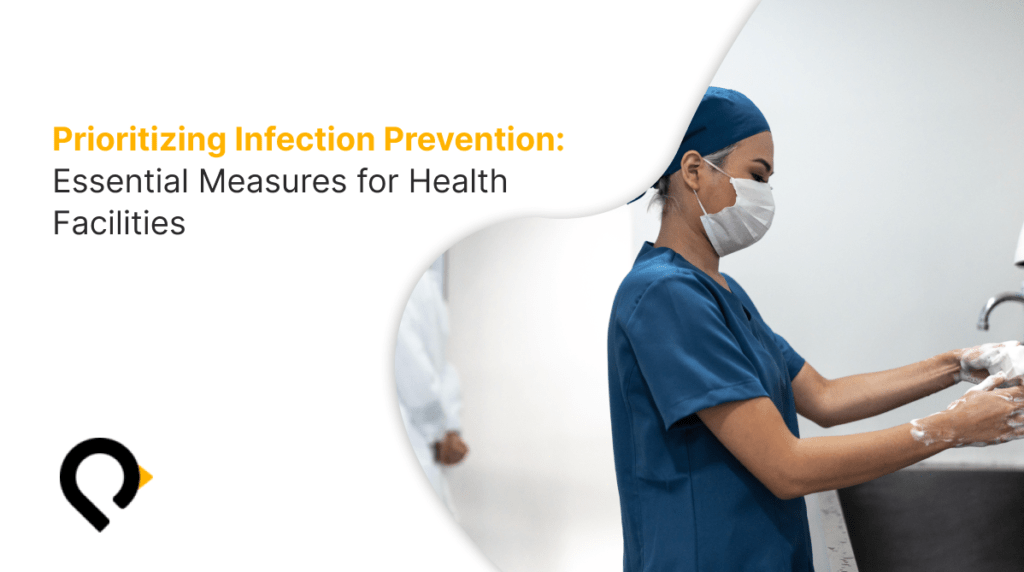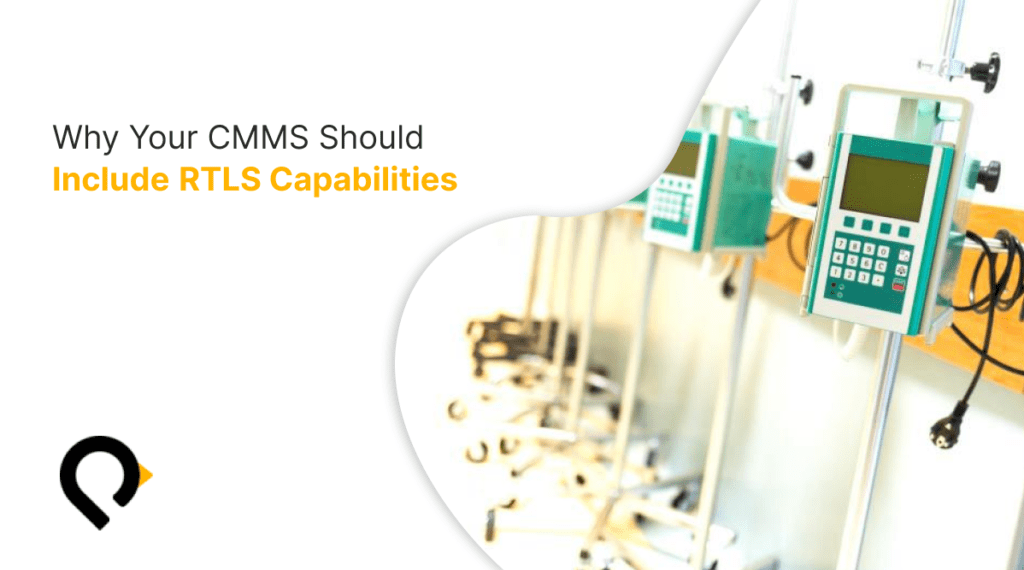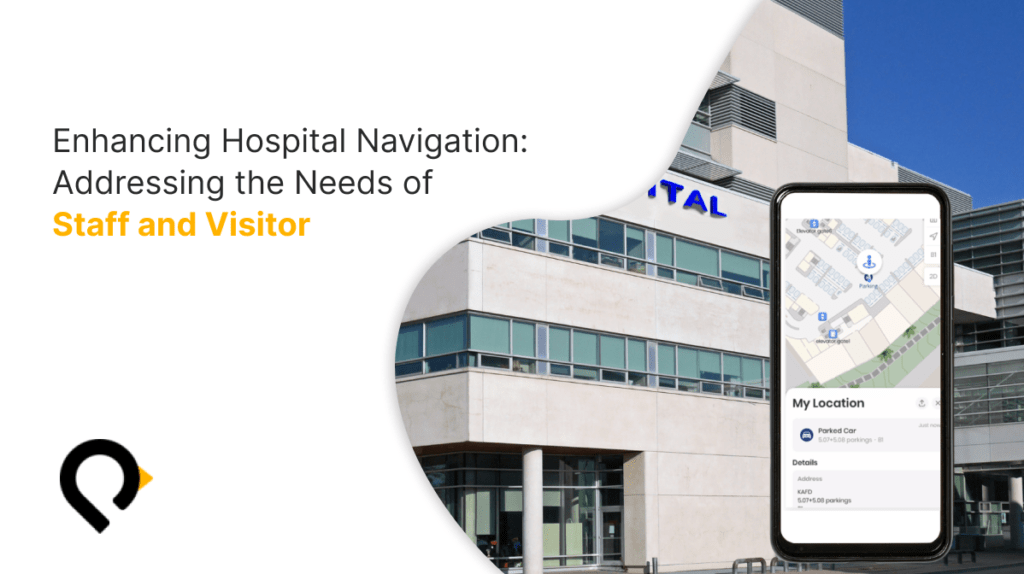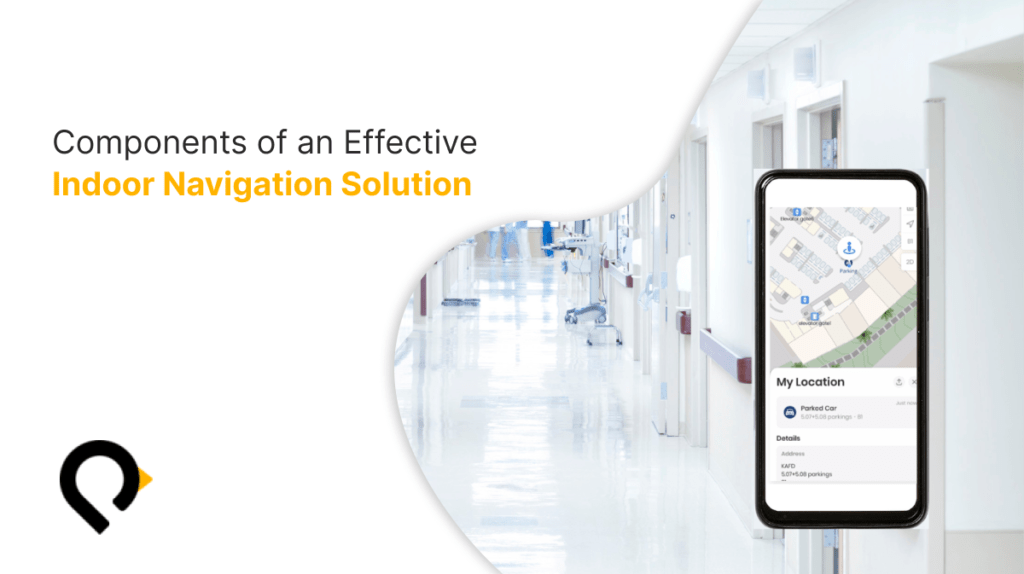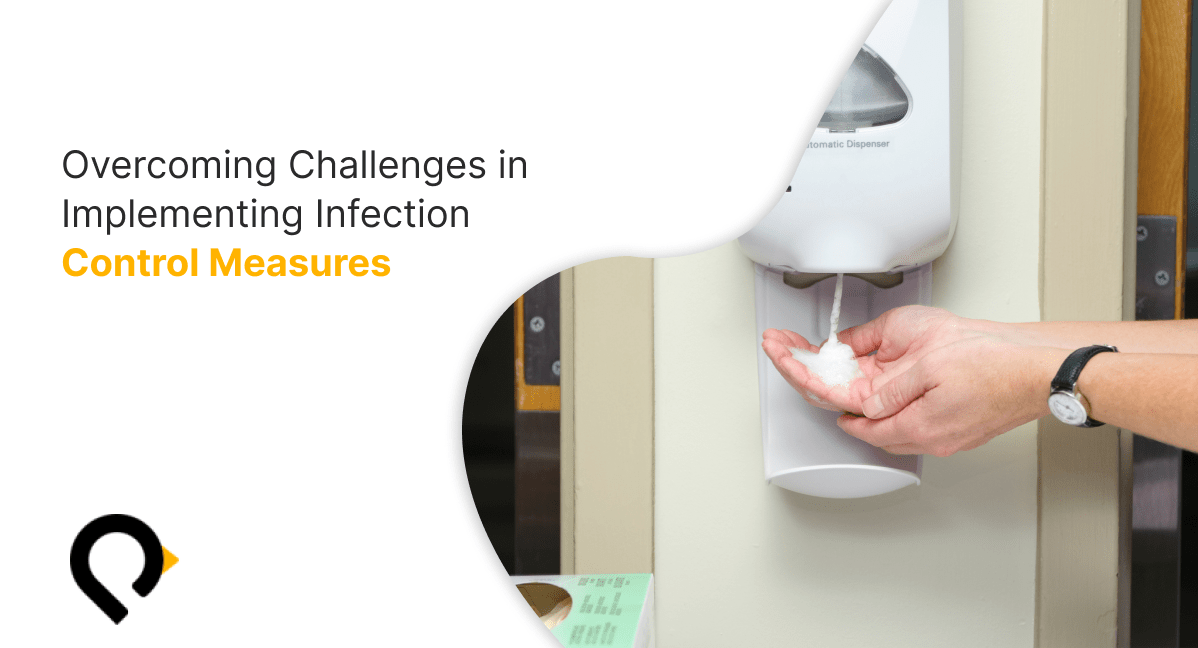
Establishing and implementing infection control changes in healthcare settings is crucial for maintaining a safe and hygienic environment. However, several challenges can complicate these efforts, impacting adoption, costs, compliance monitoring, and overall effectiveness. Here’s a closer look at what makes these challenges particularly daunting, and how technology, such as Real-Time Location Systems (RTLS) for Patient Safety, can help:
Adoption by EVS/Housekeeping/Facility Management
Effective infection control relies heavily on the meticulous cleaning and disinfection of healthcare facilities by Environmental Services (EVS), housekeeping teams, and facility management staff. Ensuring these teams adopt and adhere to updated protocols and best practices is essential. Challenges may arise due to varying standards, workload pressures, and the need for continuous training and supervision.
Adoption by Clinicians/Medical Staff
Clinicians and medical staff play a critical role in infection prevention through proper hand hygiene, PPE use, and adherence to isolation protocols. However, changing behaviors and ingrained practices can be challenging. Resistance may stem from perceived disruptions to workflow, differing priorities, or inadequate training on new protocols.
Cost/Investment
Implementing robust infection control measures often requires significant financial investment. This includes purchasing high-quality disinfectants, upgrading facilities with touchless technologies, and investing in staff training and monitoring systems. Limited budgets or competing priorities within healthcare organizations can pose barriers to making necessary investments in infection prevention.
Lack of Support from Leadership
Strong leadership support is essential for driving organizational change and prioritizing infection control initiatives. Without visible endorsement from leadership, including adequate resources and clear communication of priorities, efforts to implement new infection control measures may lack direction and fail to gain traction among staff.
Monitoring Compliance
Monitoring compliance with infection control protocols is crucial for identifying gaps and ensuring adherence to best practices. However, implementing effective monitoring systems can be complex. Challenges include selecting appropriate metrics, integrating monitoring into existing workflows, and addressing privacy concerns related to data collection and reporting.
Resources for Change Management
Effective change management is pivotal in overcoming resistance to adopting new infection control measures. This includes providing ongoing education and training, fostering a culture of safety and accountability, and actively involving frontline staff in decision-making processes. Limited resources or expertise in change management can hinder successful implementation.
Can Technology Help?
Healthcare RTLS technology can significantly enhance infection control efforts by providing real-time tracking and monitoring of staff, patients, and equipment within healthcare facilities. RTLS for Patient Safety enables:
Enhanced Workflow Efficiency: By tracking the movement of staff and resources, RTLS helps optimize cleaning schedules, ensuring timely disinfection of high-touch areas and equipment.
Improved Contact Tracing: During outbreaks or infectious incidents, RTLS facilitates rapid contact tracing by identifying individuals who may have been exposed, enabling prompt isolation and treatment protocols.
Data-Driven Insights: RTLS generates valuable data on movement patterns and interactions, informing infection control strategies and resource allocation decisions.
Conclusion
Navigating the challenges of establishing and implementing infection control changes requires a coordinated effort across all levels of healthcare organizations. By addressing barriers such as adoption by EVS and medical staff, financial constraints, leadership support, compliance monitoring, and leveraging technologies like RTLS for Patient Safety, healthcare facilities can strengthen their infection prevention strategies. Investing in these areas not only enhances patient safety and outcomes but also fortifies the resilience of healthcare systems against infectious threats.
Ultimately, integrating technology and prioritizing effective change management practices are essential for overcoming challenges in infection control, ensuring healthcare facilities can deliver care with confidence and safety through advanced Patient Care Technology and Hospital Safety Systems like Real-Time Patient Tracking.

